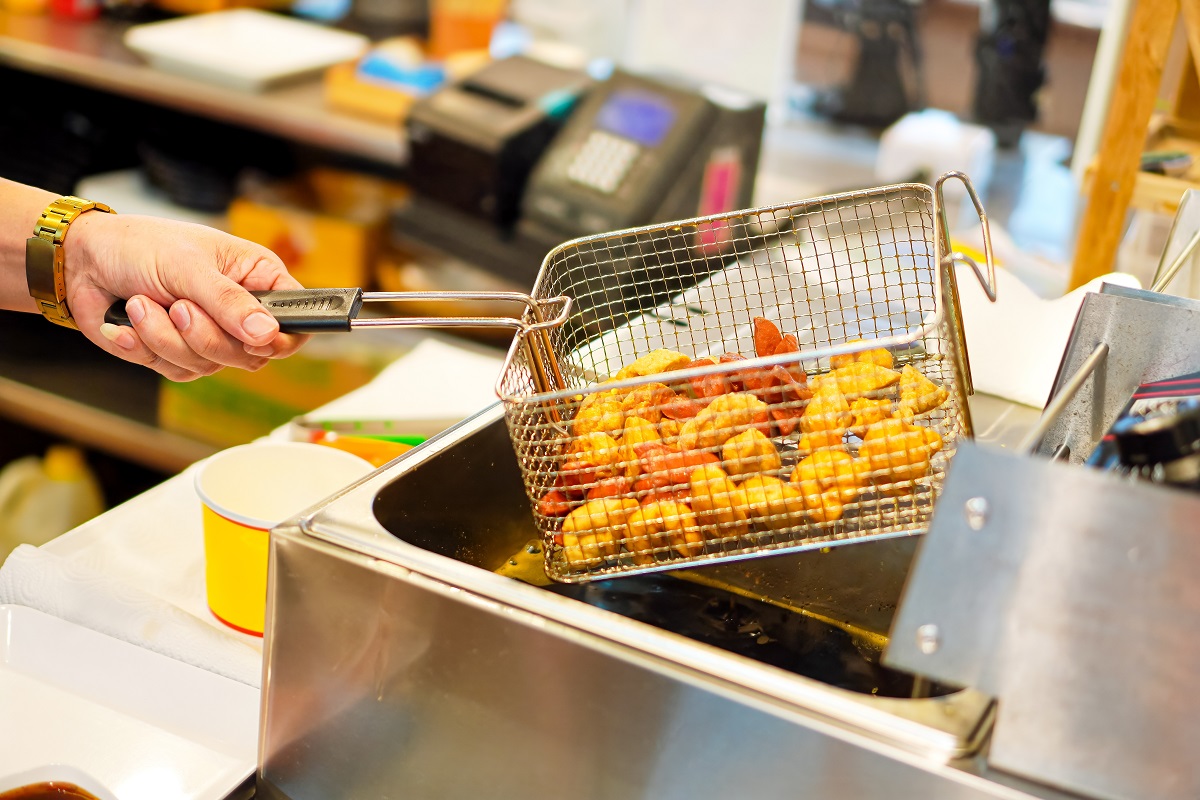Ready to dispose of the used cooking oil in your deep fryer? You might be tempted to dump it down the drain. Don’t do it! Dispose of your kitchen fats, grease, and oils (FOG) the right way to prevent costly plumbing issues.
What Is FOG?
FOG comes from fats used in food preparation, cooking, and deep frying including cooking oil, shortening, butter, mayonnaise, and salad dressings. When you’re done cooking, the FOG remains…on your dishes, pots and pans, floors, and in your fryer.

Should I Pour FOG Down the Drain?
You should never pour FOG down the drain. When FOG goes down the drain, it cools and accumulates in the drain, sewer pipes, and sewer lift stations. The residue builds up and blocks pipes — causing big issues for the city and expensive plumbing issues for your business.
Save on Your Insurance Premiums.
Automate your cooking oil management to improve safety, efficiency, and food quality.
The annual production of collected and uncollected grease that enters the sewage treatment plants today ranges from 800/lbs to 17,000/lbs per year/per restaurant.
FOG Disposal Done Right
Our end-to-end cooking oil management solution makes FOG disposal easy. With Total Oil Management, your used cooking oil is sent to the waste tank from the fryer, either by the simple push of a button or with a portable system, depending on the size and needs of your space. We pick up your used cooking via a lockable outdoor box and take it away to be recycled into biofuels. FOG disposal has never been more clean, easy, or sustainable.





